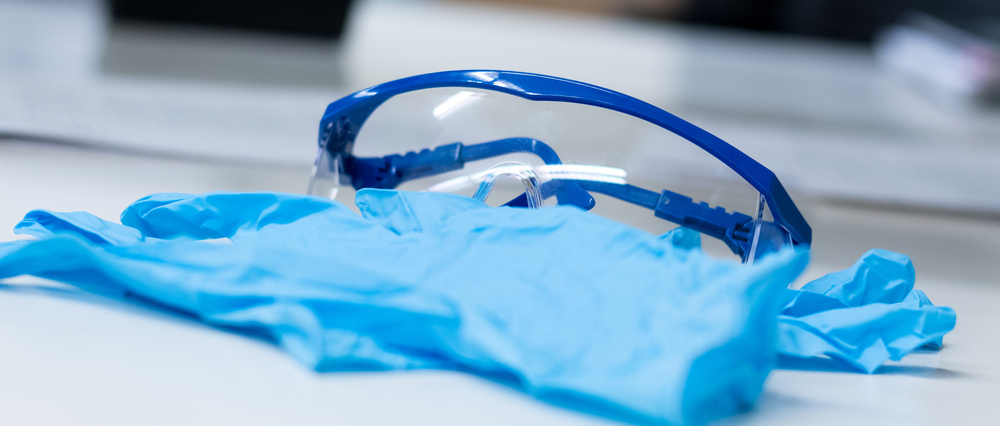As the demand for medical products, such as ventilators and protective equipment, continues to increase, the U.S. Food & Drug Administration (FDA) has issued guidance for importers seeking to help fill the need but have hit regulatory barriers when arriving to U.S. ports.
The Emergency Use Authorizations (EUA) are instructions to importers clarifying the types of personal protective equipment (PPE) that can be imported without engaging with the FDA. Import screening procedures are also set to be put into place in order to expedite clearance of legitimate medical equipment. EUAs cover import guidelines for ventilators, remote monitoring devices, N95 respirators for non-medical use and diagnostics.
The U.S. Food & Drug Administration (FDA) plays a critical role in ensuring the United States has access to safe food and medical products and helping protect the population from emerging infectious diseases, including the Coronavirus Disease 2019 (COVID-19) pandemic.
Regulations and EUAs still need to be cleaned up and updated as new cases weed out inefficient application. The need of 510K premarket submissions and website/package labeling requirements. The issue for new importers who have not done their due diligence, is whether the goods will be in compliance then they arrive.
Customs & Border Protection (CBP) and the FDA have already seen examples of fraudulent medical products trying to find their way into the U.S. and warns importers that these illegal goods will be rejected if not properly classified and meet import standards.
1. NON-FDA-REGULATED GENERAL PURPOSE PERSONAL PROTECTIVE EQUIPMENT
Personal protective equipment for general purpose or industrial use (that is, products that are not intended for use to prevent disease or illness) is not regulated by FDA.
For these types of products, entry information should not be transmitted to FDA. At the time of entry for these products, Importers should transmit entry information to US Customs and Border Protection (CBP) using an appropriate HTS code with no FD Flag; or using an appropriate HTS code with an FD1 flag and do a ‘disclaim’ for FDA.
2. PRODUCTS AUTHORIZED FOR EMERGENCY USE PURSUANT TO AN EMERGENCY USE AUTHORIZATION (EUA)
When importing such products, entry information should be submitted to FDA; however reduced FDA information is required for review.
At the time of entry, Importers should transmit an Intended Use Code of 940.000: Compassionate Use/Emergency Use Device, and an appropriate FDA product code.
Below is a list of products and the appropriate product codes that are currently authorized by an EUA:
- Diagnostic tests: 83QKP, 83QKO, 83QJR
- Masks/Respirators: 80NZJ
A full list of Emergency Use Authorizations currently in place for the COVID-19 emergency is also available on FDA’s website.
3. PRODUCTS REGULATED BY FDA AS A DEVICE, NOT AUTHORIZED BY AN EUA, BUT AN ENFORCEMENT DISCRETION POLICY IS ISSUED
When importing such devices, entry information should be submitted to FDA.
At the time of entry, Importers should transmit Intended Use Code 081.006: Enforcement discretion per final guidance, and an appropriate FDA product code.
Below is a listing of guidance documents that have been issued for specific products related to COVID-19, which reference applicable product codes and policy for those products:
- Face Masks and Respirators
- Ventilators and Accessories and Other Respiratory Devices
- Non-Invasive Remote Monitoring Devices
- Diagnostic Tests
A full list of all guidance documents related to COVID-19 is also available on FDA’s website. Please check this site regularly for current information on these and other product areas.
As Green continues to monitor the situation, stay up-to-date on freight news by following us on Facebook, Twitter, and LinkedIn. For continuous updates, make sure to check out our website at greenworldwide.com.






